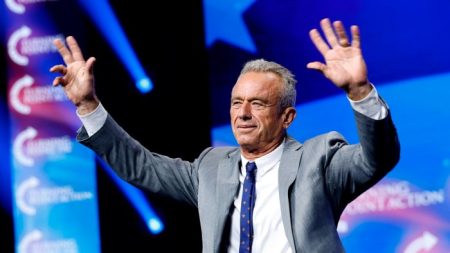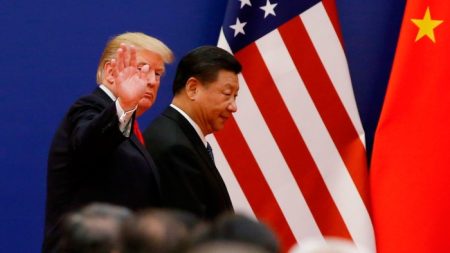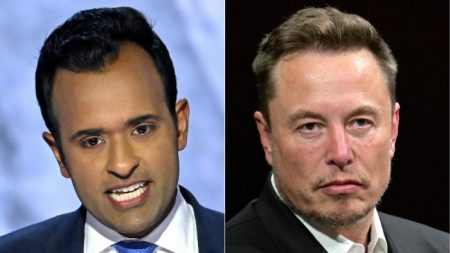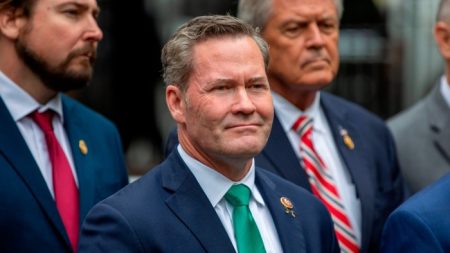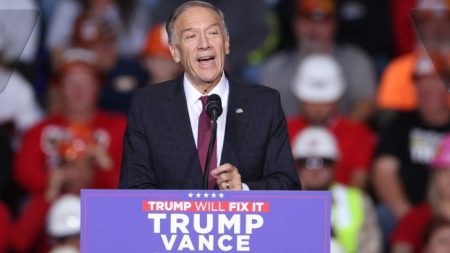Unlock the Editor’s Digest for free
Roula Khalaf, Editor of the FT, selects her favourite stories in this weekly newsletter.
Jay Powell said the Federal Reserve’s job of bringing down inflation was “not yet done” and the US central bank needed “greater confidence” that price pressures were easing before cutting interest rates, striking a cautious tone on any quick changes to monetary policy.
Powell’s comments at Stanford University’s Business School on Wednesday came as he announced that the Fed would this year launch a new review of its monetary policy framework, which guides its rates decisions, after the last one was completed in 2020 at the height of the pandemic.
The Fed chair also stressed the importance of the US central bank’s independence to allow it to set policy free from “short-term political matters”, and warned against “mission creep” at the Fed, saying “we are not, nor do we seek to be, climate policymakers”.
Powell’s remarks on the economic outlook come after the latest projections from Fed officials in March showed they expected to cut rates by 0.75 of a percentage point this year, down from its 23-year high of 5.25 per cent to 5.5 per cent. But strong data on the labour market, and signs of stubbornly high inflation, have cast doubt on those forecasts.
Powell said the recent data did not “materially change the overall picture” and noted that “on inflation it is too soon to say whether the recent readings represent more than just a bump”.
“We do not expect that it will be appropriate to lower our policy rate until we have greater confidence that inflation is moving sustainably down towards 2 per cent,” Powell said.
“Given the strength of the economy and progress on inflation so far, we have time to let the incoming data guide our decisions on policy,” he added.
Powell’s statement that the Fed will launch a new review of its monetary policy framework, which is expected to last about a year, is roughly in line with the central bank’s plans to update the document every five years. The last one began in 2019 and was completed during the height of the pandemic before the surge in inflation that started in 2021, and was considered more dovish on inflation than the previous framework.
Read the full article here





